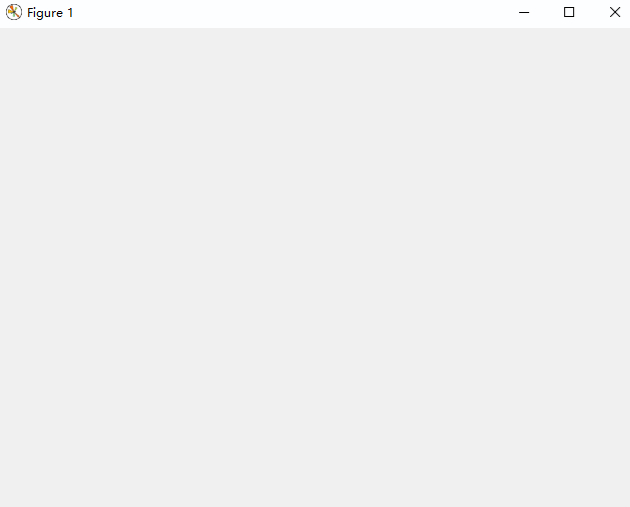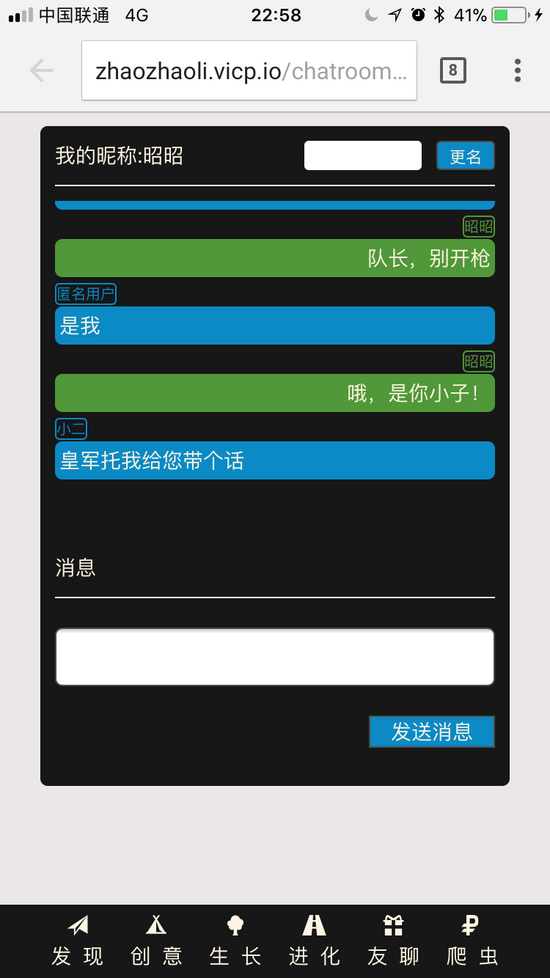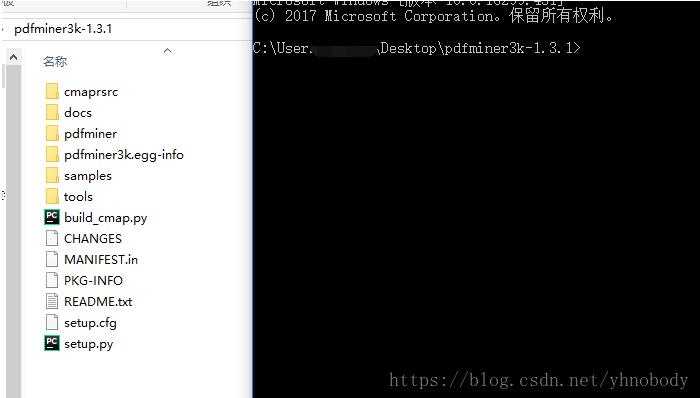10分钟教你用python动画演示深度优先算法搜寻逃出迷宫的路径
深度优先算法(DFS 算法)是什么?
寻找起始节点与目标节点之间路径的算法,常用于搜索逃出迷宫的路径。主要思想是,从入口开始,依次搜寻周围可能的节点坐标,但不会重复经过同一个节点,且不能通过障碍节点。如果走到某个节点发现无路可走,那么就会回退到上一个节点,重新选择其他路径。直到找到出口,或者退到起点再也无路可走,游戏结束。当然,深度优先算法,只要查找到一条行得通的路径,就会停止搜索;也就是说只要有路可走,深度优先算法就不会回退到上一步。
如果你依然在编程的世界里迷茫,可以加入我们的Python学习扣qun:784758214,看看前辈们是如何学习的!交流经验!自己是一名高级python开发工程师,从基础的python脚本到web开发、爬虫、django、数据挖掘等,零基础到项目实战的资料都有整理。送给每一位python的小伙伴!分享一些学习的方法和需要注意的小细节,点击加入我们的python学习者聚集地
下图是使用 DFS 算法搜寻出来的一条路径:

总结一下:
从起点开始,查询下一步走得通的节点,将这些可能的节点压入堆栈中,已经走过的节点不再尝试。查询完毕之后,从堆栈中取出一个节点,查询该节点周围是否存在走得通的节点。如果不存在可能的节点,就继续从堆栈中取一个节点。重复以上操作,直到当前节点为终点,或者堆栈中再无节点。
定义数据:
- 起始节点与目标节点
- 存储节点的堆栈
定义辅助函数
- 获取下一节点的函数: successor
- 判断是否为终点的函数: test_goal
首先,我们来定义栈这种数据结构,栈是一种后进先出的数据结构。
因为之后的广度优先搜索会使用到队列,A* 算法会用到优先队列,我们定义了抽象基类,以便后续使用。deque 是双端队列,与内置类型 list 操作类似,但头部与尾部插入和删除操作的时间复杂度均为 O(1)。
# utils.py
from abc import abstractmethod, ABC
from collections import deque
class Base(ABC):
def __init__(self):
self._container = deque()
@abstractmethod
def push(self, value):
"""push item"""
@abstractmethod
def pop(self):
"""pop item"""
def __len__(self):
return len(self._container)
def __repr__(self):
return f'{type(self).__name__}({list(self._container)})'
class Stack(Base):
def push(self, value):
self._container.append(value)
def pop(self):
return self._container.pop()
下面我们来定义 dfs 函数。其中,initial 为初始节点, s 为栈,marked 用来记录经过的节点。successor 函数用来搜寻下一个可能的节点,test_goal 函数用来判断该节点是否为目标节点。children 为可能的节点列表,遍历这些节点,将没有走过的节点压入栈中,并做记录。
# find_path.py
from utils import Stack
def dfs(initial, _next = successor, _test = test_goal):
s: Stack = Stack()
marked = {initial}
s.push(initial)
while s:
parent: state = s.pop()
if _test(parent):
return parent
children = _next(parent)
for child in children:
if child not in marked:
marked.add(child)
s.push(child)
接下来,我们使用 DFS 算法寻找迷宫路径,并对搜寻到的迷宫路径进行可视化演示。
首先使用枚举,来表示路径的颜色, EMPTY 为正常节点,BLOCKED 为障碍节点,START 为迷宫入口,END 为迷宫出口,PATH 为搜寻的路径。
from enum import IntEnum class Cell(IntEnum): EMPTY = 255 BLOCKED = 0 START = 100 END = 200 PATH = 150
接下来,我们来定义迷宫。首先,我们采用 Namedtuple 来定义迷宫每个节点的坐标:
class MazeLocation(NamedTuple): row: int col: int
首先为了方便确定节点之间的关系,我们在 Maze 类中定义了一个内部类 _Node, 用来记录节点的状态,及节点的父节点。
class _Node:
def __init__(self, state, parent):
self.state = state
self.parent = parent
接着初始化,确定入口与出口的坐标,使用 np.random.choice 函数随机生成迷宫,并标记入口和出口。
def __init__(self, rows: int = 10, cols: int = 10,
sparse: float = 0.2, seed: int = 365,
start: MazeLocation = MazeLocation(0, 0),
end: MazeLocation = MazeLocation(9, 9), *,
grid: Optional[np.array] = None) -> None:
np.random.seed(seed)
self._start: MazeLocation = start
self._end: MazeLocation = end
self._grid: np.array = np.random.choice([Cell.BLOCKED, Cell.EMPTY],
(rows, cols), p=[sparse, 1 - sparse])
self._grid[start] = Cell.START
self._grid[end] = Cell.END
其次是 test_goal 方法,只要该节点坐标与目标节点相即可。
def _test_goal(self, m1: MazeLocation) -> bool: return m1 == self._end
再就是 successor 方法,只要上下左右方向的节点不是障碍节点且在边界之内,就纳入考虑范围,加入列表之中。
List[MazeLocation]:
location: List[MazeLocation] = []
row, col = self._grid.shape
if m1.row + 1 < row and self._grid[m1.row + 1, m1.col] != Cell.BLOCKED:
location.append(MazeLocation(m1.row + 1, m1.col))
if m1.row - 1 >= 0 and self._grid[m1.row - 1, m1.col] != Cell.BLOCKED:
location.append(MazeLocation(m1.row - 1, m1.col))
if m1.col + 1 < col and self._grid[m1.row, m1.col + 1] != Cell.BLOCKED:
location.append(MazeLocation(m1.row, m1.col + 1))
if m1.col - 1 >= 0 and self._grid[m1.row, m1.col - 1] != Cell.BLOCKED:
location.append(MazeLocation(m1.row, m1.col - 1))
return location
显示路径, pause 为显示图像的间隔,plot 为是否绘图标志。通过目标节点出发,遍历每一个节点的父节点,直到到达初始节点,并绘制路径图。
None:
if pause <= 0:
raise ValueError('pause must be more than 0')
path: Maze._Node = self._search()
if path is None:
print('没有找到路径')
return
path = path.parent
while path.parent is not None:
self._grid[path.state] = Cell.PATH
if plot:
self._draw(pause)
path = path.parent
print('Path Done')
为了使用 DFS 算法,我们定义了 DepthFirstSearch 类,继承迷宫类。DepthFirstSearch 类重写了基类的 _search 方法,与我们之前定义的 dfs 函数定义相差无几。
class DepthFirstSearch(Maze):
def _search(self):
stack: Stack = Stack()
initial: DepthFirstSearch._Node = self._Node(self._start, None)
marked: Set[MazeLocation] = {initial.state}
stack.push(initial)
while stack:
parent: DepthFirstSearch._Node = stack.pop()
state: MazeLocation = parent.state
if self._test_goal(state):
return parent
children: List[MazeLocation] = self._success(state)
for child in children:
if child not in marked:
marked.add(child)
stack.push(self._Node(child, parent))
总结
以上所述是小编给大家介绍的10分钟教你用python动画演示深度优先算法搜寻逃出迷宫的路径,希望对大家有所帮助,如果大家有任何疑问请给我留言,小编会及时回复大家的。在此也非常感谢大家对【听图阁-专注于Python设计】网站的支持!
如果你觉得本文对你有帮助,欢迎转载,烦请注明出处,谢谢!


